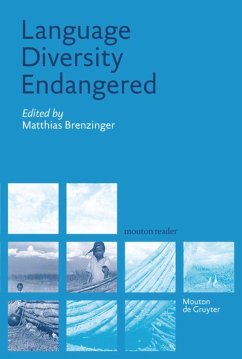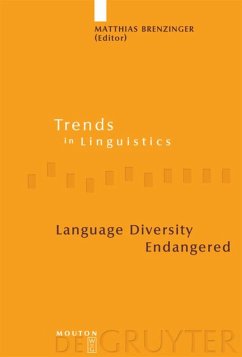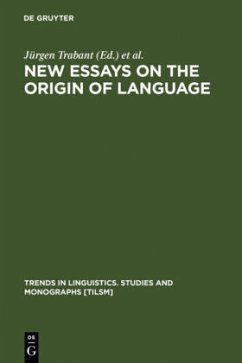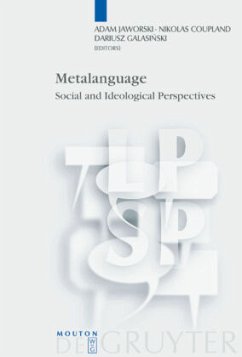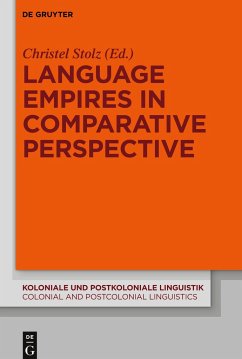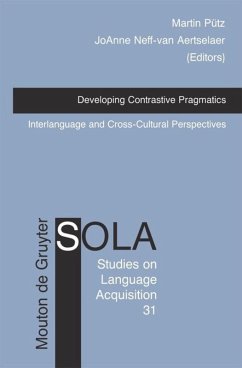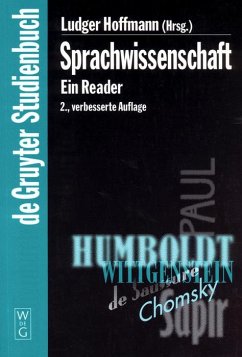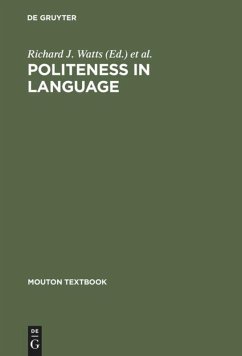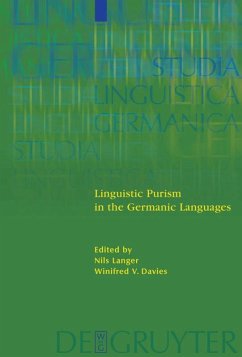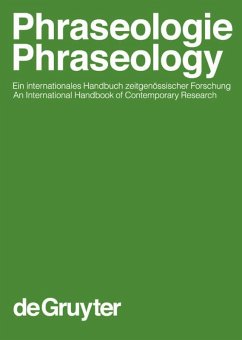
Language Endangerment and Language Revitalization
An Introduction
Versandkostenfrei!
Versandfertig in 1-2 Wochen
46,99 €
inkl. MwSt.
Weitere Ausgaben:

PAYBACK Punkte
23 °P sammeln!
In almost every part of the world, minority languages are being threatened with extinction. At the same time, dedicated efforts are being made to document endangered languages, to maintain them, and even to revive once-extinct languages. The book presents a comprehensive overview of language endangerment and revitalization. Among the examined aspects are: degrees of endangerment, definitions of language death, causes of endangerment, types of speakers in endangerment situations, and methods of documentation. The book is of interest to a wide readership, including linguists, anthropologists, sociologists, and educators. Key Features: The very successful hardcover now available in an affordable paperback edition. Ideal as an introductory text to the study of endangered languages, one of the fastest growing areas in linguistics. Of relevance to linguists from all fields, from phonology to semantics.
In almost every part of the world, minority languages are threatened with extinction. At the same time, dedicated efforts are being made to document endangered languages, to maintain them, and even to revive once-extinct languages.
The present volume examines a wide range of issues that concern language endangerment and language revitalization. Among other things, it is shown that languages may be endangered to different degrees, endangerment situations in selected areas of the world are surveyed and definitions of language death and types of language death presented. The book also examines causes of language endangerment, speech behaviour in a language endangerment situation, structural changes in endangered languages, as well as types of speakers encountered in a language endangerment situation. In addition, methods of documentation and of training for linguists are proposed which will enable scholars to play an active role in the documentation of endangered languages and in language revitalization.
The book presents a comprehensive overview of the field. It is clearly written and contains ample references to the relevant literature, thus providing useful guidance for further research. The author often draws on his own experience of documenting endangered languages and of language revival activities in Australia.
The volume is of interest to a wide readership, including linguists, anthropologists, sociologists, and educators.
The present volume examines a wide range of issues that concern language endangerment and language revitalization. Among other things, it is shown that languages may be endangered to different degrees, endangerment situations in selected areas of the world are surveyed and definitions of language death and types of language death presented. The book also examines causes of language endangerment, speech behaviour in a language endangerment situation, structural changes in endangered languages, as well as types of speakers encountered in a language endangerment situation. In addition, methods of documentation and of training for linguists are proposed which will enable scholars to play an active role in the documentation of endangered languages and in language revitalization.
The book presents a comprehensive overview of the field. It is clearly written and contains ample references to the relevant literature, thus providing useful guidance for further research. The author often draws on his own experience of documenting endangered languages and of language revival activities in Australia.
The volume is of interest to a wide readership, including linguists, anthropologists, sociologists, and educators.





